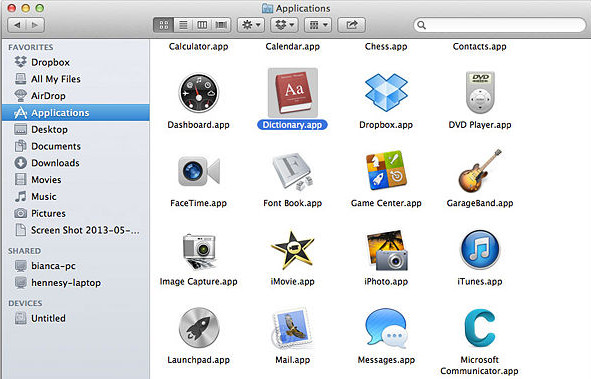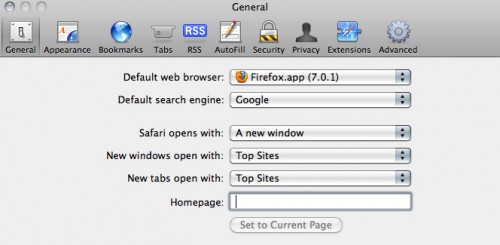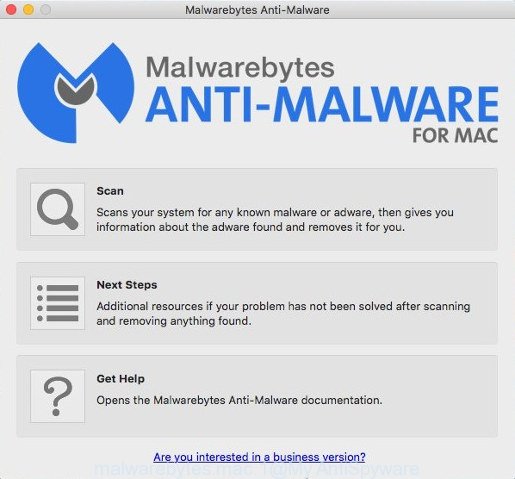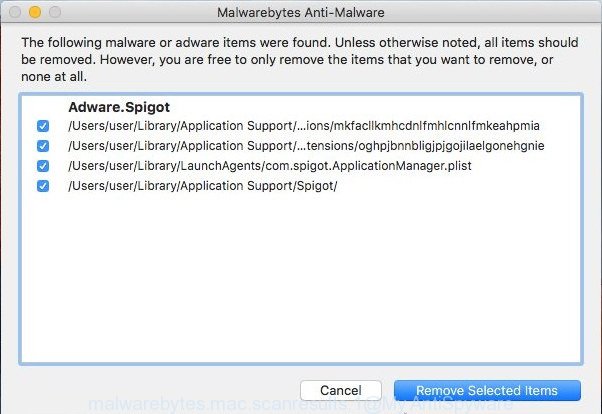SearchNetLetter is a PUP (potentially unwanted program) belonging to the category of Adware. Adware’s basic purpose is to present advertisements. These ads are often shown as sponsored links, pop-ups or various offers and deals. Clicks on the ads produce a monetary payoff for the software creators. Adware can work like Spyware, since it sends privacy information such as searches and trends to advertisers.

Unwanted ads
Another reason why you need to remove the SearchNetLetter adware is its online data-tracking activity. It is able to collect a wide variety of privacy information that can be later sold to third party companies. You don’t know if your home address, account names and passwords are safe.
We strongly recommend that you perform the instructions below which will allow you to remove SearchNetLetter adware using the standard features of Mac OS and free adware removal tool.
How does Adware get on your Apple Mac
The majority of adware come bundled with free programs or even paid applications which World Wide Web users can easily download online. The installers of such apps, most commonly, clearly display that they will install bundled applications. The option is given to users to block the installation of any additional programs. So, in order to avoid the installation of any adware: read all disclaimers and install screens very carefully, select only Custom or Advanced installation type and reject all optional software in which you are unsure.
Threat Summary
| Name | SearchNetLetter, Search Net Letter 1.0 app |
| Type | adware, PUP (potentially unwanted program), pop-up ads, popup virus, pop ups |
| Symptoms |
|
| Removal | SearchNetLetter removal guide |
How to Remove SearchNetLetter (removal tutorial)
There are several steps to removing the SearchNetLetter adware that redirects your web-browser to ad web sites, because it installs itself so deeply into Mac OS. You need to delete all suspicious and unknown programs, then remove harmful add-ons from the Safari, Chrome and Mozilla Firefox and other browsers you have installed. Finally, you need to reset your web browser settings to remove any changes the adware has made, and then check your Apple Mac with MalwareBytes AntiMalware (MBAM) to ensure the adware software is fully removed. It will take a while.
To remove SearchNetLetter, complete the steps below:
- How to manually get rid of SearchNetLetter
- Automatic Removal of SearchNetLetter adware software
- How to stay safe online
- To sum up
How to manually get rid of SearchNetLetter
First of all, try to remove SearchNetLetter adware manually; to do this, follow the steps below. Of course, manual adware removal requires more time and may not be suitable for those who are poorly versed in system settings. In this case, we suggest that you scroll down to the section that describes how to remove SearchNetLetter adware software using free utilities.
Delete SearchNetLetter related software through the Finder
First of all, check the list of installed applications on your Apple Mac and remove all unknown and recently installed programs. If you see an unknown application with incorrect spelling or varying capital letters, it have most likely been installed by malware and you should clean it off first with malware removal utility such as MalwareBytes AntiMalware (MBAM).

- Open the Finder.
- Click “Applications”.
- It will display a list of all software installed on the machine.
- Scroll through the all list, and uninstall suspicious and unknown programs. Pay maximum attention to the application you installed last.
- Drag the dubious program from the Applications folder to the Trash.
- Empty Trash.
Remove SearchNetLetter from Safari
By resetting Safari web-browser you revert back your web-browser settings to its default state. This is good initial when troubleshooting problems that might have been caused by SearchNetLetter adware.
Run Safari web browser. Next, choose Preferences from the Safari menu.

First, click the “Security” tab. Here, choose “Block pop-up windows”. It will stop some types of pop-ups.
Now, click the “Extensions” icon. Look for dubious plugins on left panel, select it, then click the “Uninstall” button. Most important to remove all dubious plugins from Safari.
Once complete, check your homepage and search engine settings. Click “General” tab. Make sure that the “Homepage” field contains the website you want or is empty.

Make sure that the “Search engine” setting shows your preferred search engine. In some versions of Safari, this setting is in the “Search” tab.
Remove SearchNetLetter from Chrome
If adware, other applications or extensions replaced your Chrome settings without your knowledge, then you can delete SearchNetLetter ads and revert back your web browser settings in Chrome at any time. When using the reset feature, your personal information such as passwords, bookmarks, browsing history and web form auto-fill data will be saved.

- First start the Chrome and click Menu button (small button in the form of three dots).
- It will display the Google Chrome main menu. Select More Tools, then press Extensions.
- You’ll see the list of installed extensions. If the list has the extension labeled with “Installed by enterprise policy” or “Installed by your administrator”, then complete the following guidance: Remove Chrome extensions installed by enterprise policy.
- Now open the Google Chrome menu once again, click the “Settings” menu.
- You will see the Chrome’s settings page. Scroll down and press “Advanced” link.
- Scroll down again and click the “Reset” button.
- The Google Chrome will show the reset profile settings page as on the image above.
- Next press the “Reset” button.
- Once this task is finished, your web browser’s start page, default search engine and newtab page will be restored to their original defaults.
- To learn more, read the blog post How to reset Google Chrome settings to default.
Remove SearchNetLetter from Firefox by resetting browser settings
If Firefox settings are hijacked by the adware, your browser shows annoying popup advertisements, then ‘Reset Mozilla Firefox’ could solve these problems. It’ll keep your personal information such as browsing history, bookmarks, passwords and web form auto-fill data.
First, launch the Firefox and click ![]() button. It will display the drop-down menu on the right-part of the web browser. Further, press the Help button (
button. It will display the drop-down menu on the right-part of the web browser. Further, press the Help button (![]() ) as shown below.
) as shown below.

In the Help menu, select the “Troubleshooting Information” option. Another way to open the “Troubleshooting Information” screen – type “about:support” in the web-browser adress bar and press Enter. It will display the “Troubleshooting Information” page as on the image below. In the upper-right corner of this screen, click the “Refresh Firefox” button.

It will display the confirmation prompt. Further, click the “Refresh Firefox” button. The Firefox will start a task to fix your problems that caused by the SearchNetLetter adware. Once, it is complete, click the “Finish” button.
Automatic Removal of SearchNetLetter adware software
IT security experts have built efficient adware removal tools to aid users in removing unwanted pop ups and undesired ads. Below we will share with you the best malware removal utilities with the ability to search for and remove SearchNetLetter that causes a large number of unwanted popup ads.
How to automatically remove SearchNetLetter with MalwareBytes AntiMalware
Manual SearchNetLetter adware software removal requires some computer skills. Some files that created by the adware can be not completely removed. We recommend that run the MalwareBytes that are fully free your MAC of adware. Moreover, this free tool will help you to get rid of browser hijacker, malware, potentially unwanted software and toolbars that your machine can be infected too.
Visit the following page to download the latest version of MalwareBytes Anti Malware for Mac OS.
21174 downloads
Author: Malwarebytes
Category: Security tools
Update: September 10, 2020
After the downloading process is finished, close all apps and windows on your MAC. Open a directory in which you saved it. Run the saved file and follow the prompts.
Once installation is finished, you’ll see window as shown in the following example.

Now click the “Scan” button for scanning your computer for the SearchNetLetter adware that causes internet browsers to open intrusive ads. Depending on your MAC OS, the scan can take anywhere from a few minutes to close to an hour. While the MalwareBytes Anti Malware (MBAM) utility is scanning, you can see number of objects it has identified as being infected by malicious software.

When the system scan is complete, MalwareBytes AntiMalware will show a list of all threats found by the scan. Review the report and then click “Remove Selected Items” button.

The Malwarebytes will now remove SearchNetLetter adware that causes multiple advertisements and move the selected items to the Quarantine.
How to stay safe online
By installing an ad blocker program such as AdGuard, you are able to block malicious websites, stop autoplaying video ads and remove a lot of distracting and undesired ads on web-sites.

AdGuard can be downloaded from the following link.
3886 downloads
Author: © Adguard
Category: Security tools
Update: January 17, 2018
Once the download is finished, run the downloaded file. You will see the “Setup Wizard” screen. Follow the prompts.
Each time, when you start your Apple Mac, AdGuard will start automatically and stop unwanted advertisements, block harmful and misleading web-sites.
To sum up
After completing the steps shown above, your Apple Mac should be free from the SearchNetLetter adware and other malware. The Mozilla Firefox, Safari and Google Chrome will no longer display the SearchNetLetter ads. Unfortunately, if the step-by-step guidance does not help you, then you have caught a new adware, and then the best way – ask for help here.

















